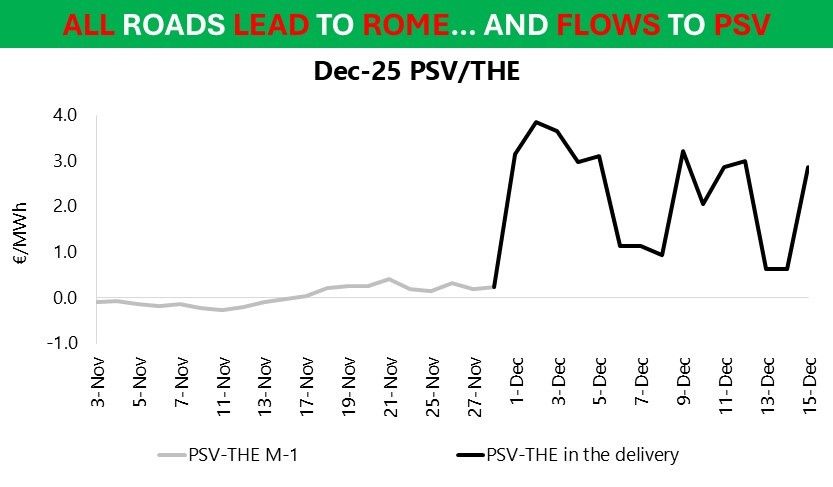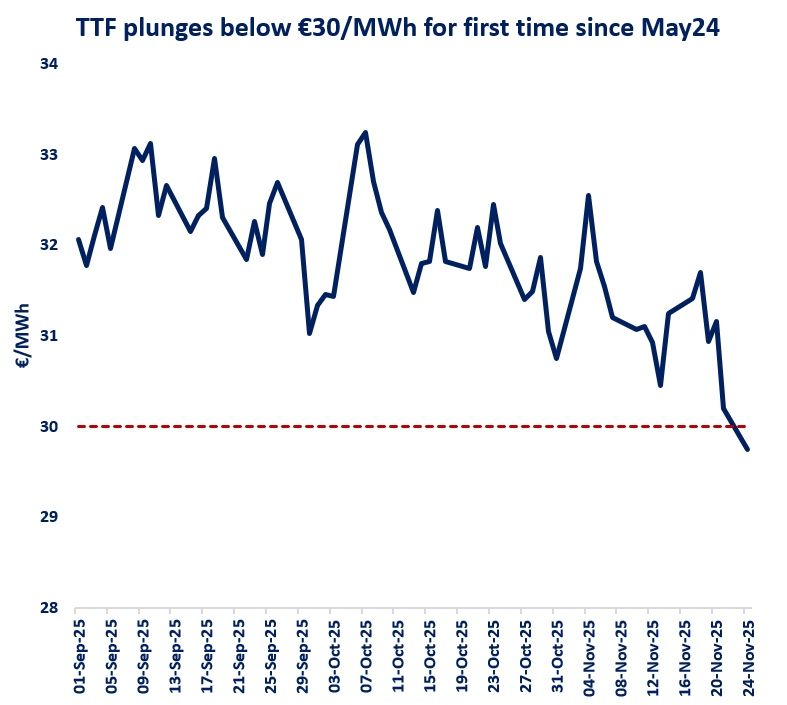

2021/22 gas winter at last came to an end and one would think that the European gas market can heave a big sigh of relief. But with the onset of injection season you can hardly expect Q2 and Q3 to become less busy than the winter months, with the summer 2022 shaping up to be very eventful.
Contrary to the fears of many, this past winter in Europe was warm enough to prevent some worst-case demand/supply scenarios from happening. When entering this summer period, the region’s underground gas storages were more than 25pc full, including strategic stocks. This is broadly in line with recent years, except for where the inventories stood in 2019 and 2020 due to then above-normal winter temperatures. But that is where the similarities end.
A major difference from prior injection seasons is that this summer shippers should take into account the Commission’s regulation, requiring member states’ storages to be at least 80pc full by 1 November 2022. To reach this level, more than 55 bcm need to be injected into the storages across the continent, which is a feasible task but quite a challenging one. Especially since near-curve contracts are holding a premium to those with delivery in Q3 ’22, as at early April.
The success of meeting the 80pc target will very much depend on whether European buyers are able to maintain strong LNG imports throughout the whole gas summer. The current TTF-JKM spread contributes to spot sellers’ preference for the European market over Northeast Asia. But this may change rapidly once Asian importers get into the game.
Of course, there is nothing unusual about the competition for available seaborne volumes between the basins, whether it be summer or winter months. What is unique about the summer 2022 is that spot (and I stress this word) LNG cargoes have now become the region’s best hope for its successful preparation for the heating season.
Source: Yakov Grabar (LinkedIn)













